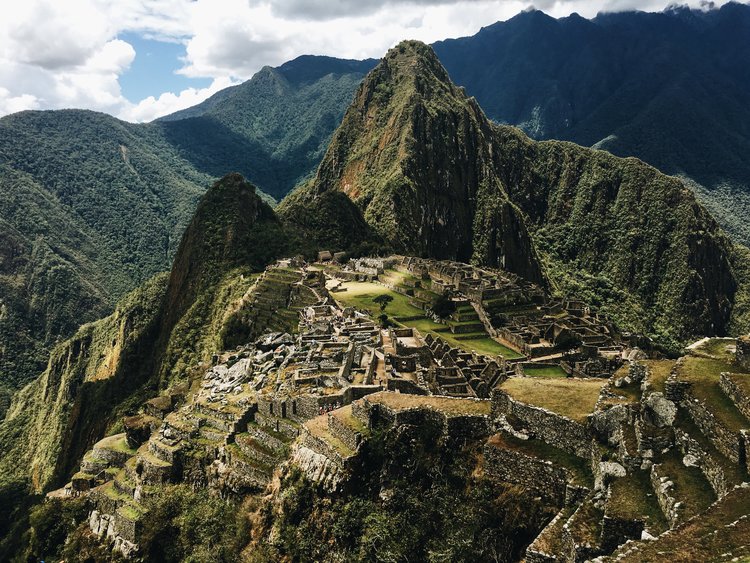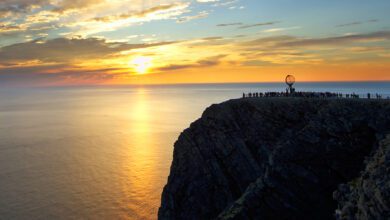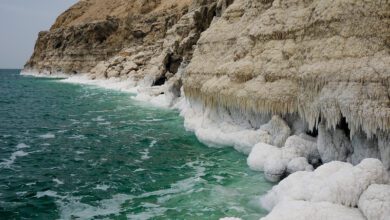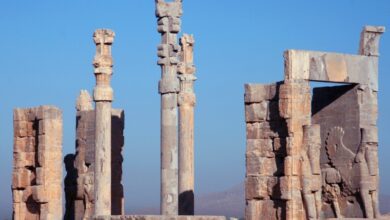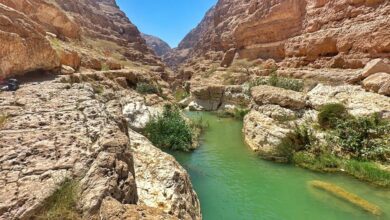
If you’re an UAE traveler with a sense of adventure, then a visit to Peru’s iconic Machu Picchu is an absolute must. Nestled high in the Andes Mountains, this ancient Incan citadel will leave you awestruck with its breathtaking beauty and fascinating history. From the moment you set foot on this UNESCO World Heritage site, you’ll be transported back in time, marveling at the meticulous Incan stonework and sweeping views of the surrounding mountains. Whether you’re a history buff, a nature lover, or simply seeking a once-in-a-lifetime experience, Machu Picchu is a destination that will surely leave a lasting impression on your travel bucket list.
Machu Picchu: A Brief Overview
A glimpse into Machu Picchu’s history
Machu Picchu, often referred to as the “Lost City of the Incas,” is a magnificent archaeological site located in the Andes Mountains of Peru. Built during the 15th century by the Inca civilization, this ancient citadel is a testament to the architectural and engineering prowess of its creators. It was abandoned shortly after its construction and lay hidden from the modern world until its rediscovery in 1911 by the American explorer Hiram Bingham. Today, Machu Picchu is a UNESCO World Heritage Site and attracts thousands of visitors from around the globe each year.
Significance of Machu Picchu for UAE travelers
For UAE travelers, Machu Picchu offers a unique opportunity to delve into the rich history and culture of Peru. This iconic site provides a glimpse into the advanced civilization that once thrived in the region. Exploring the well-preserved ancient ruins, hiking through the breathtaking landscapes, and immersing oneself in the vibrant local communities can be an incredibly enriching experience. Machu Picchu is not just a destination; it’s a journey that allows UAE travelers to expand their horizons and discover the beauty of the world.
Planning Your Trip to Machu Picchu
Choosing the best time to visit
The climate in Machu Picchu can vary greatly depending on the time of year. The dry season, from May to October, is considered the best time to visit as the weather is relatively stable and rainfall is minimal. This period also coincides with the peak tourist season, so it’s essential to book accommodations and permits well in advance. The wet season, from November to April, brings frequent rainfall, which can make hiking trails slippery and muddy. However, this time of year also offers lush green landscapes and fewer crowds, making it a popular choice for some travelers.
Getting to Machu Picchu
Reaching Machu Picchu is an adventure in itself. The most common way to get there is by taking a train from Cusco or Ollantaytambo to the town of Aguas Calientes, also known as Machu Picchu Pueblo. From Aguas Calientes, a short bus ride takes you up the winding mountain road to the entrance of Machu Picchu. Alternatively, for the more adventurous, there is the option to hike the Inca Trail, a four-day trek that offers stunning views and a chance to experience the ancient pilgrimage route firsthand.
Accommodation options near Machu Picchu
Aguas Calientes is the closest town to Machu Picchu and offers a range of accommodation options to suit every budget. From luxurious hotels with breathtaking views of the surrounding mountains to cozy guesthouses and hostels, there is something for everyone. It is essential to book your accommodations well in advance, especially during the peak tourist season, as availability can be limited. Staying in Aguas Calientes also allows you to experience the charm of the town, try local cuisine, and browse the handicraft markets.
Entry requirements and permits
To enter Machu Picchu, all visitors are required to have a valid entrance ticket. It is strongly advised to purchase these tickets in advance as daily visitor limits are imposed to preserve the site’s integrity. There are different types of tickets available, allowing for various options such as visiting Machu Picchu only or including additional attractions like Huayna Picchu or Machu Picchu Mountain. Additionally, it’s important to carry your passport as you will need to present it at the entrance for verification. It is also worth noting that there are restrictions on bringing certain items into the site, such as tripods and large backpacks.
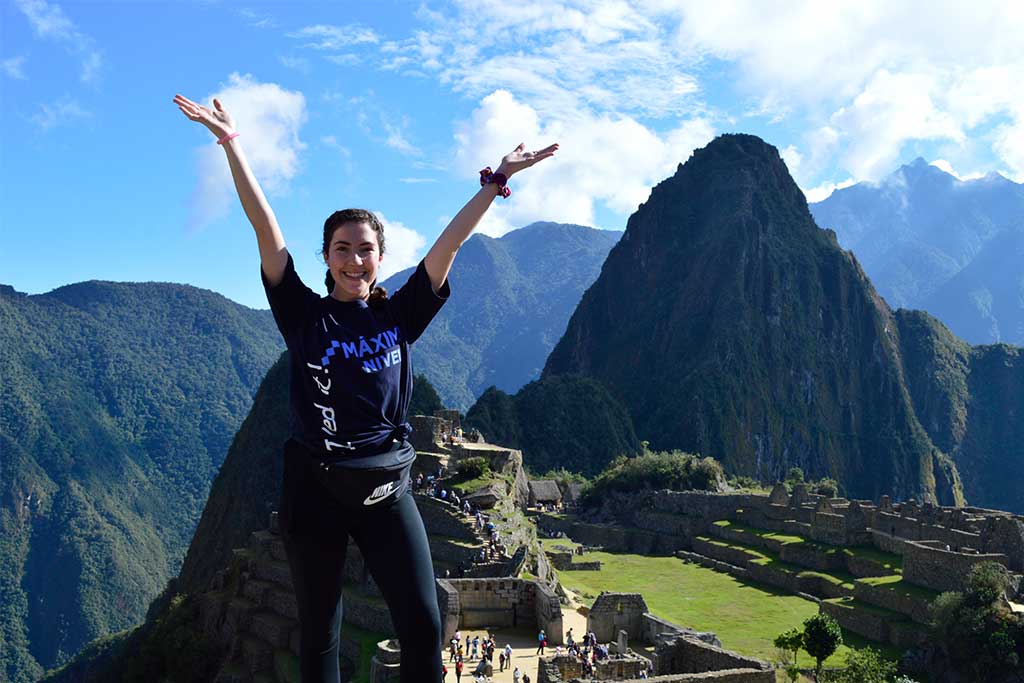
Exploring the Architectural Marvel
The layout and design of Machu Picchu
Machu Picchu was meticulously designed to harmonize with the natural landscape, and its layout reflects the profound understanding the Incas had of their environment. The site is divided into two main areas: the agricultural sector and the urban sector. The agricultural terraces, built on steep slopes, demonstrate the Incas’ ingenious farming techniques, allowing them to grow crops even at high altitudes. The urban sector consists of temples, residential buildings, and plazas, all interconnected by a complex system of terraces and stone stairways.
Main structures and features to explore
While every corner of Machu Picchu is steeped in history, there are several notable structures and features that visitors should not miss. The Temple of the Sun, an elliptical tower built with meticulously cut stones, showcases the Incas’ advanced understanding of astronomy. The Intihuatana Stone, an intricately carved granite pillar, served as a celestial calendar and is believed to have played a significant role in religious ceremonies and rituals. The Temple of the Three Windows is another architectural marvel, with its stone walls shaped to fit perfectly together without the use of mortar.
Mysteries and theories surrounding Machu Picchu
The enigmatic nature of Machu Picchu has fueled numerous theories and speculations over the years. Some researchers suggest that it served as a royal retreat for the Inca emperor, while others propose that it was a religious sanctuary or a place of pilgrimage. The exact purpose and significance of this ancient city remain a subject of debate among archaeologists and historians. Despite extensive research, many questions about Machu Picchu’s ultimate function and its sudden abandonment by the Incas remain unanswered, adding to its allure and mystique.
Hiking Options in and around Machu Picchu
Popular hiking trails
Machu Picchu offers a range of hiking trails, each with its own unique experiences and challenges. The most famous and popular route is the Inca Trail, a four-day trek that follows the original pilgrimage route used by the Incas. This trail takes you through breathtaking landscapes, diverse ecosystems, and ancient ruins, culminating in the awe-inspiring arrival at Machu Picchu. For those who prefer a shorter trek, the Salkantay Trek and the Lares Trek are excellent alternatives that offer stunning mountain scenery and cultural encounters along the way.
Difficulty levels and duration
The difficulty level and duration of the hikes in and around Machu Picchu vary depending on the trail chosen. The Inca Trail is considered moderately challenging, with steep ascents and descents, high altitudes, and long hiking hours. It is recommended for travelers with a good level of fitness and prior hiking experience. The Salkantay and Lares Treks are relatively less demanding but still require a moderate level of fitness. These treks range from four to six days, providing ample time to acclimate to the altitude and fully appreciate the natural beauty of the region.
Guided vs. independent hikes
Choosing between a guided hike and an independent hike is a personal preference that depends on several factors. A guided hike provides the benefit of an experienced guide who can offer insights into the history, culture, and natural surroundings. They also take care of logistics such as accommodations, meals, and permits. Independent hikes offer more flexibility and freedom to explore at your own pace, but they require careful planning and preparation. Regardless of the choice, it is important to ensure you are well-prepared with appropriate gear, sufficient water, and snacks for the journey.
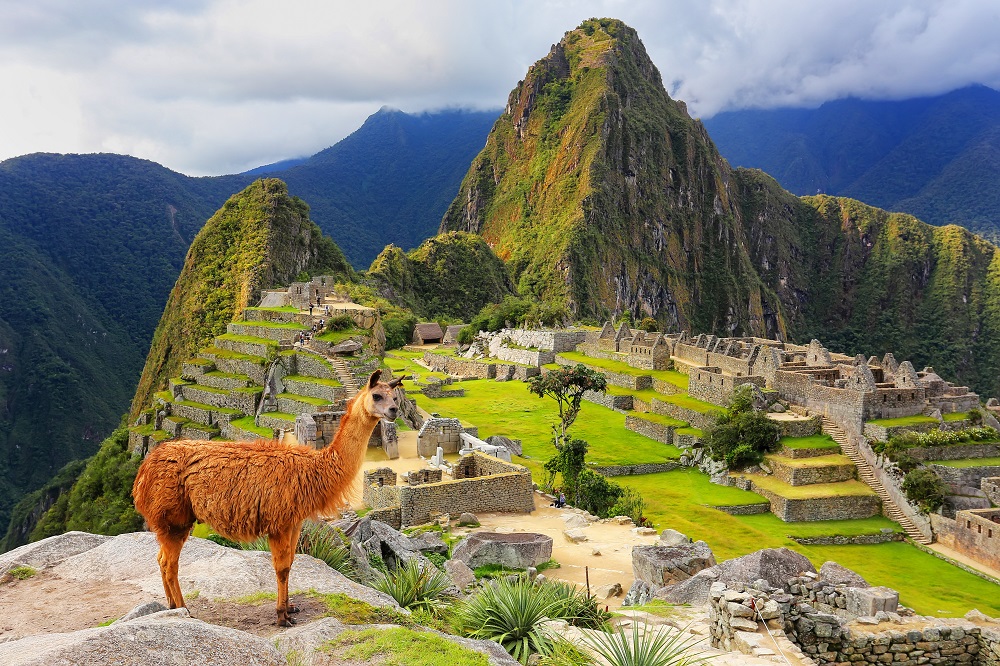
Experiencing the Cultural Richness
Interacting with local communities
One of the highlights of visiting Machu Picchu is the opportunity to interact with the local communities and learn about their way of life. In the nearby towns and villages, such as Ollantaytambo and Pisac, you can witness traditional customs, explore local markets, and even participate in weaving workshops. Engaging with the people of the Sacred Valley provides a deeper understanding of their rich cultural heritage and helps support their sustainable livelihoods. By respecting their traditions and being open to new experiences, you can forge connections and create lasting memories.
Learning about Inca traditions and rituals
The Inca civilization left behind a wealth of cultural and religious traditions, many of which are still practiced by the indigenous communities today. Taking part in a traditional ceremony or attending a local festival can provide a fascinating insight into the ancient beliefs and rituals that once shaped the region. From the elaborate Inti Raymi festival, which celebrates the winter solstice, to the traditional Andean offerings known as “Pago a la Tierra,” these experiences offer a glimpse into the spiritual world of the Incas and their deep connection to nature.
Sampling traditional Peruvian cuisine
No visit to Peru would be complete without savoring the delights of its world-renowned cuisine. The diverse culinary traditions of the country are heavily influenced by the indigenous Inca culture, as well as Spanish, African, and Asian flavors. Traditional Peruvian dishes such as ceviche, lomo saltado, and causa are a treat for the taste buds and provide a true gastronomic experience. Local markets and restaurants in Cusco and Aguas Calientes offer a wide range of options, from street food stalls to high-end dining establishments, ensuring there is something to please every palate.
Photography Tips for Capturing Machu Picchu
Best vantage points for photography
Machu Picchu offers countless opportunities for capturing stunning photographs. Some of the best vantage points include the Guardhouse, which provides a panoramic view of the entire site, and the Sun Gate, where you can capture breathtaking vistas of Machu Picchu and the surrounding mountains. The Temple of the Moon, with its intricate carvings and secluded location, offers a unique setting for capturing the beauty and mystery of the ancient city. It’s also worth exploring the different levels and angles within Machu Picchu to find lesser-known spots for capturing intimate and artistic shots.
Ideal camera equipment and settings
To capture the essence of Machu Picchu, it is recommended to have a camera with a wide-angle lens to capture the vast landscapes and intricate details of the ruins. A tripod can be useful for steady shots, especially during low-light conditions or long exposures. Since the site can get crowded, consider using a smaller, compact camera or a smartphone for easy maneuverability. As for settings, experimenting with different aperture settings can help bring out the depth and texture of the stone structures, while using a slower shutter speed can create a sense of movement in the cascading terraces and flowing rivers.
Tips for capturing the sunrise or sunset at Machu Picchu
Sunrise and sunset are magical moments at Machu Picchu when the soft golden light bathes the ancient ruins, creating a surreal atmosphere. To capture these ethereal scenes, plan your visit accordingly and arrive at the site early to secure a prime spot. It is advisable to check the weather forecast beforehand, as cloud cover can obstruct the view. Experiment with different compositions, framing the iconic structures against the changing colors of the sky. Don’t forget to take breaks from behind the camera to immerse yourself fully in the beauty and serenity of these remarkable moments.
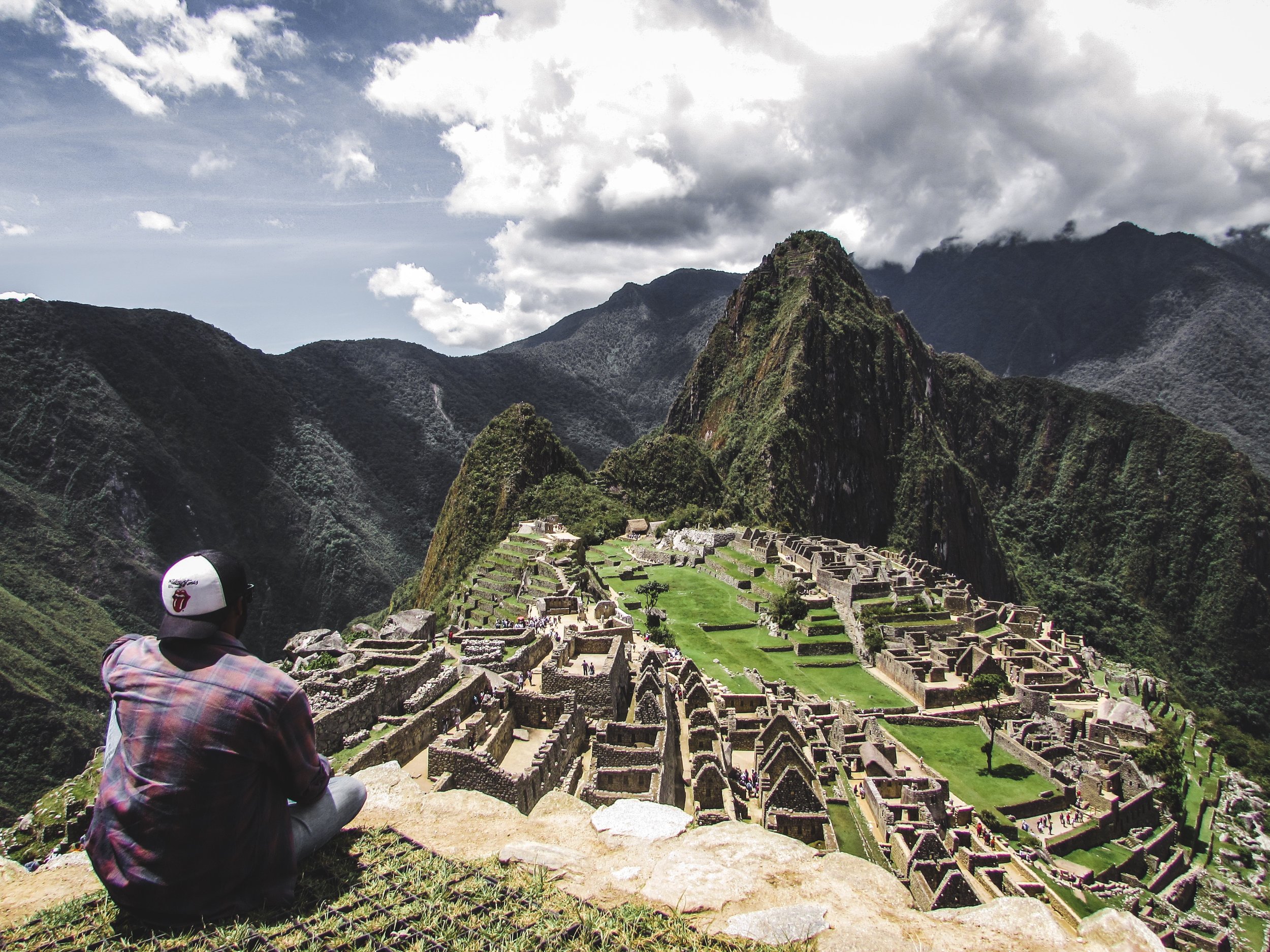
Sustainable Tourism Practices at Machu Picchu
Preserving the fragile ecosystem
With its delicate ecosystem and high concentration of visitors, it is crucial to practice sustainable tourism at Machu Picchu. One of the most important ways to preserve the site is to stick to designated trails and avoid venturing off into restricted areas. Littering is strictly prohibited, so make sure to carry out any waste you generate. Respect the wildlife and refrain from feeding or disturbing the animals. It’s also advisable to opt for eco-friendly products and services, such as reusable water bottles and biodegradable toiletries, to minimize your environmental impact.
Responsible tourism guidelines
To ensure a positive and respectful experience for all visitors, it is essential to follow responsible tourism guidelines at Machu Picchu. This includes respecting the ancient ruins by not touching or removing any stones or artifacts. Be mindful of other visitors and avoid excessive noise or disruptive behavior. Observe the rules set by local authorities, such as restrictions on drone usage or smoking. Supporting local businesses and artisans is another way to promote responsible tourism by contributing to the local economy and preserving cultural heritage.
Participating in community-based projects
Engaging in community-based projects is an excellent way to leave a positive impact on the local communities surrounding Machu Picchu. Many organizations and initiatives focus on sustainable development, education, and cultural preservation in the area. You can volunteer your time and skills to support these projects, whether it’s teaching English to local children, helping with agricultural projects, or assisting in environmental conservation efforts. These opportunities allow you to give back to the communities that generously welcome visitors and help create a more sustainable future for the region.
Must-Visit Attractions near Machu Picchu
Exploring the Sacred Valley
The Sacred Valley of the Incas is a treasure trove of ancient archaeological sites, picturesque landscapes, and thriving local communities. Ollantaytambo, an Inca ruin complex and a living Andean town, offers a glimpse into the past through its well-preserved architecture and traditional way of life. Pisac, with its vibrant handicraft market and hilltop ruins, is another must-visit destination. The salt pans of Maras, where salt has been harvested for centuries, and the agricultural terraces of Moray are unique attractions that showcase the ingenuity of the Inca civilization.
Visiting the colorful town of Cusco
Known as the “Historic Capital of Peru,” Cusco is a vibrant city that seamlessly blends the ancient and the modern. The city’s historic center is a UNESCO World Heritage Site, where you can explore centuries-old churches and palaces, witness traditional Inca rituals, and stroll through charming cobblestone streets. Cusco also serves as a gateway to many other attractions, such as the Sacred Valley and the Rainbow Mountain. Immerse yourself in the lively local culture, indulge in traditional cuisine, and discover the fascinating history that surrounds this captivating city.
Venturing into the Amazon Rainforest
For those seeking a truly immersive and adventurous experience, a trip to the Peruvian Amazon Rainforest is highly recommended. The city of Puerto Maldonado, situated at the edge of the jungle, serves as a starting point for exploring this biodiverse region. Take a boat ride down the Madre de Dios River, venture into the jungle on guided hikes, and encounter a variety of wildlife, including monkeys, macaws, and caimans. Stay at an eco-lodge to experience sustainable tourism practices and learn from local indigenous communities about their ancient knowledge of the rainforest.
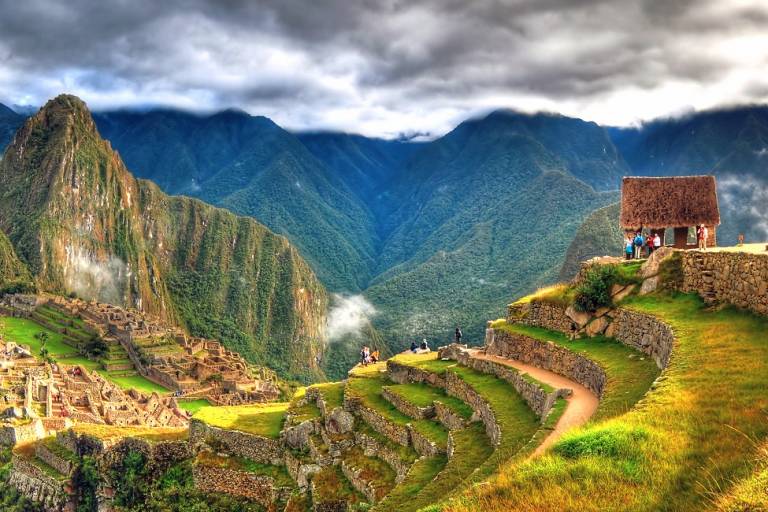
Practical Tips for a Smooth Trip
Packing essentials for Machu Picchu
When packing for Machu Picchu, it’s important to consider the varying weather conditions and the activities you plan on undertaking. Essentials include comfortable hiking shoes, lightweight and quick-drying clothing, a hat, sunglasses, and sunscreen to protect against the sun’s strong rays. Layers are key to adapting to changing temperatures throughout the day, so pack a waterproof jacket, a warm sweater, and a light long-sleeved shirt. Don’t forget a good quality backpack to carry your belongings, a refillable water bottle, and snacks for energy during hikes.
Altitude sickness prevention and remedies
Machu Picchu is located at a high altitude, and some visitors may experience symptoms of altitude sickness, also known as soroche. To prevent altitude sickness, it is recommended to acclimate to the altitude gradually by spending a few days in Cusco or other high-altitude locations before heading to Machu Picchu. Staying hydrated by drinking plenty of water, avoiding alcohol, and eating light meals can also help alleviate symptoms. If necessary, over-the-counter medications such as acetazolamide can be taken under medical supervision to reduce the effects of altitude sickness.
Currency and payment options
The official currency in Peru is the Peruvian Sol (PEN). It is advisable to carry some local currency for small expenses and situations where card payments may not be accepted. ATMs and currency exchange offices are readily available in cities like Cusco, but it’s essential to inform your bank before traveling to avoid any issues with international transactions. Major credit cards are widely accepted in hotels, restaurants, and larger establishments, but it’s always a good idea to have some cash on hand for smaller vendors or in more remote areas.
Safety and Security Considerations
Health and safety precautions
Machu Picchu is generally a safe destination for travelers, but it’s important to take certain health and safety precautions. Ensure that you are up to date on routine vaccinations and consider getting additional vaccinations such as hepatitis A and typhoid. Use insect repellent to protect against mosquitoes, especially in the Amazon Rainforest. Practice good hygiene, such as washing hands frequently, and avoid consuming tap water or uncooked food from street vendors. Taking out travel insurance that covers medical emergencies is highly recommended to provide peace of mind throughout your trip.
Avoiding common tourist scams
Like any other popular tourist destination, Machu Picchu has its share of scams targeting unsuspecting travelers. Be wary of individuals offering discounted entrance tickets or unofficial guided tours, as these are often scams. Stick to authorized vendors and tour operators recommended by reputable travel agencies. It is also advisable to keep your belongings secure and be cautious of pickpockets, especially in crowded areas. Using a money belt or keeping valuables in a secure bag can help ensure your belongings are safe while exploring Machu Picchu and the surrounding areas.
Emergency contact information
Before embarking on your journey to Machu Picchu, it’s important to have emergency contact information readily available. Save the contact details of your embassy or consulate, your travel insurance provider, and any local emergency services on your phone or in a paper copy. Familiarize yourself with the local emergency numbers, such as the national police and medical services, in case immediate assistance is needed. It’s also a good idea to share your travel itinerary and contact details with a trusted friend or family member back home, so they can be reached in the event of an emergency.
In conclusion, Machu Picchu is a remarkable destination that offers a captivating blend of history, nature, and culture. From exploring the architectural marvels of the ancient citadel to hiking through breathtaking landscapes and immersing oneself in local traditions, a trip to Machu Picchu is an unforgettable experience. By planning ahead, embracing sustainable tourism practices, and immersing oneself in the rich cultural heritage of the region, UAE travelers can make the most of their visit to this extraordinary site. So pack your bags, embark on this adventure of a lifetime, and prepare to be awe-struck by the wonders of Machu Picchu.
